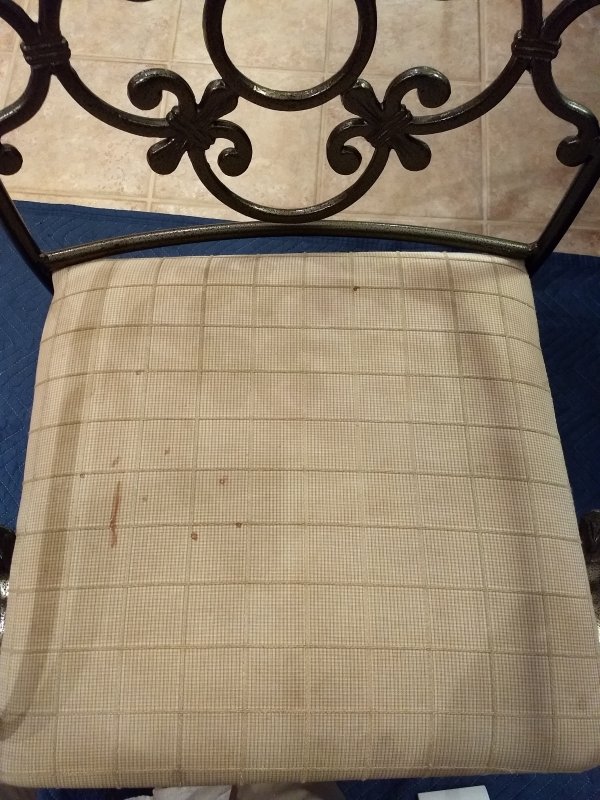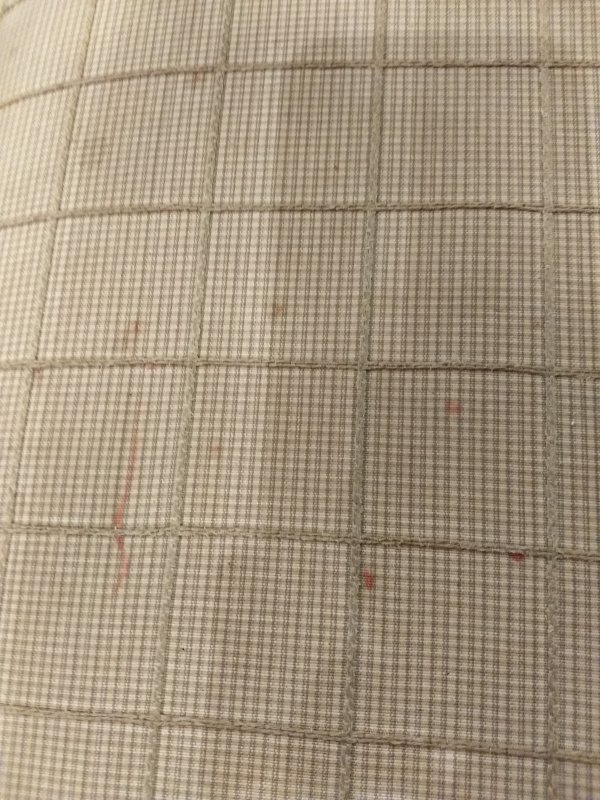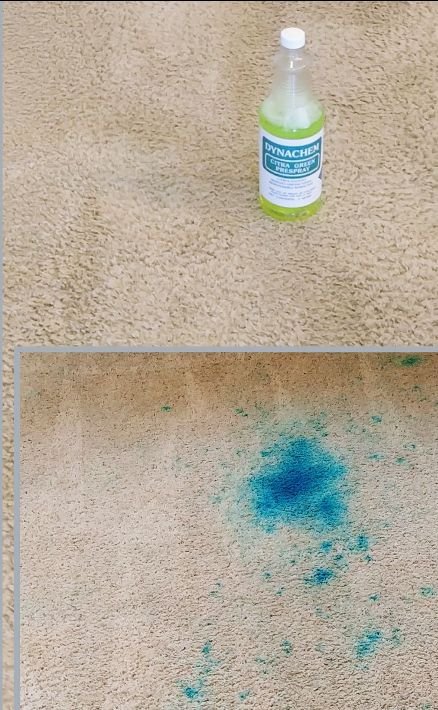Matthew Sturgis
Member
Recently I cleaned 4 upholstered chairs. Mrs. Pffft (why do we call her that?) said that the grandson spilt playdough on the chair.
I was able to burn test the 3D fibers, the fibers that make the "grid", and it ashed. I was able to lighten the stain with All solv/avenge pro.
What would you do next?
I offered to go a step further with oxidizers/reducers and warned her of the risk. She declined.
The next week I had a stain on what looked to be cotton. The stain would not budge with the allsolve/avenge pro combo. Same story, lady did not want to risk the fabric.
Can I use an oxidizer on cotton ever? Should I dilute it? Can I use red relief and a steam iron on cotton?
I think I need to take another upholstery class. Anyone ever take Joey Pickett's class?

I was able to burn test the 3D fibers, the fibers that make the "grid", and it ashed. I was able to lighten the stain with All solv/avenge pro.
What would you do next?
I offered to go a step further with oxidizers/reducers and warned her of the risk. She declined.
The next week I had a stain on what looked to be cotton. The stain would not budge with the allsolve/avenge pro combo. Same story, lady did not want to risk the fabric.
Can I use an oxidizer on cotton ever? Should I dilute it? Can I use red relief and a steam iron on cotton?
I think I need to take another upholstery class. Anyone ever take Joey Pickett's class?




